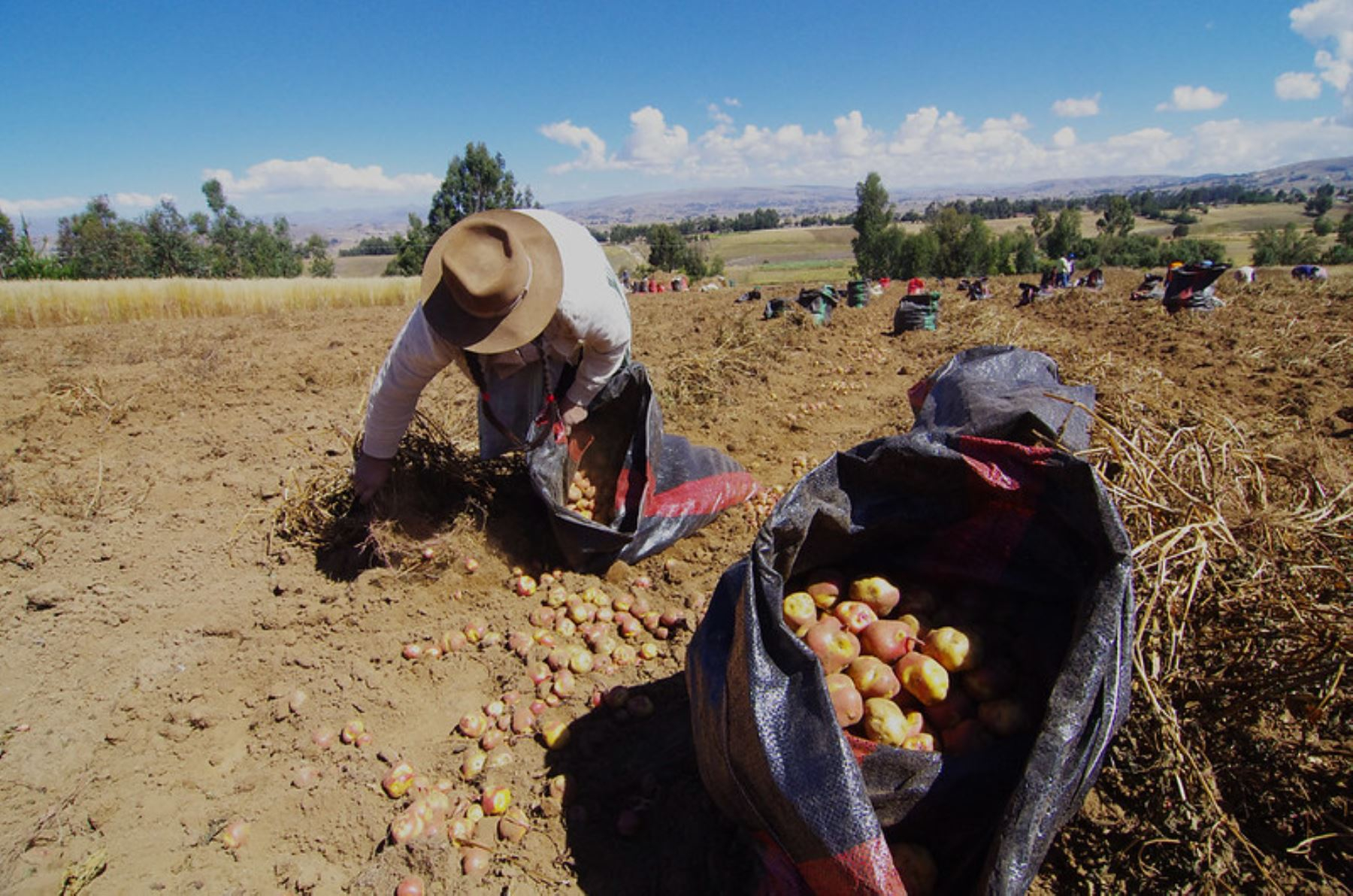
In Peru, agriculture is predominantly family-based, with units that are less than 10 hectares in size and do not employ permanent workers. According to the 2022 National Agrarian Survey (ENA 2022), carried out by the National Institute of Statistics and Informatics (INEI), 97.6% of the agricultural activity in the country is of a family nature.
According to the study, 49.3% of family farming is critical subsistence. This means that they have an extension of less than 2 hectares of crops, they do not work with certified seeds and they do not have any type of irrigation system, he explains. Dante Carhuavilca, head of the INEI.
The official also explained that the ENA 2022 showed that 38.7% of small agriculture is non-critical subsistence, which means that they have between 2 and 5 hectares, but at least they have certified seeds or irrigation.
According to Carhuavilca, most of the non-critical subsistence family farming is along the coast in regions such as Piura, Tumbes, Lambayeque, Ancash, Lima, Ica, Arequipa, etc.
Instead, where it prevails family agriculture for critical subsistence is mostly in the jungle and in the mountains. The departments of Amazonas, Cajamarca, Loreto, San Martín, Huánuco, Puno, Junín, Huancavelica, among others, stand out.
It should be noted that intermediate agriculture with the least potential, the one with the greatest potential and the consolidated represent 5.2%, 5.4% and 1.4%, respectively.
Rainfed agriculture predominates
According to ENA 2022, Peruvian agriculture is characterized mainly by being rainfed, that is, it depends on rain for its development, representing 63.7% of agricultural units. In contrast, only 36.3% of agricultural activities are carried out under irrigation.
“Of them, 16.4% have technical irrigation, that is, they have irrigation or by dripping, or by sprinkling, or by micro-sprinkling, or by multiple doors,” details the head of the INEI.
Agricultural population ages
On the other hand, in the case of the agricultural producer, according to an age group, it is clearly observed that there are increasingly older people directing the plots and directing the agricultural units.
“40.2% of agricultural producers are over 60 years of age and in relation to 2015 it has risen 8 points, in 2015 it was 32%. In the case of those under 40 who ran agricultural units, it has been reduced from 24% in 2015 to 13.9% in 2020,” Carhuavilca stresses.
Source: Larepublica
Alia is a professional author and journalist, working at 247 news agency. She writes on various topics from economy news to general interest pieces, providing readers with relevant and informative content. With years of experience, she brings a unique perspective and in-depth analysis to her work.












